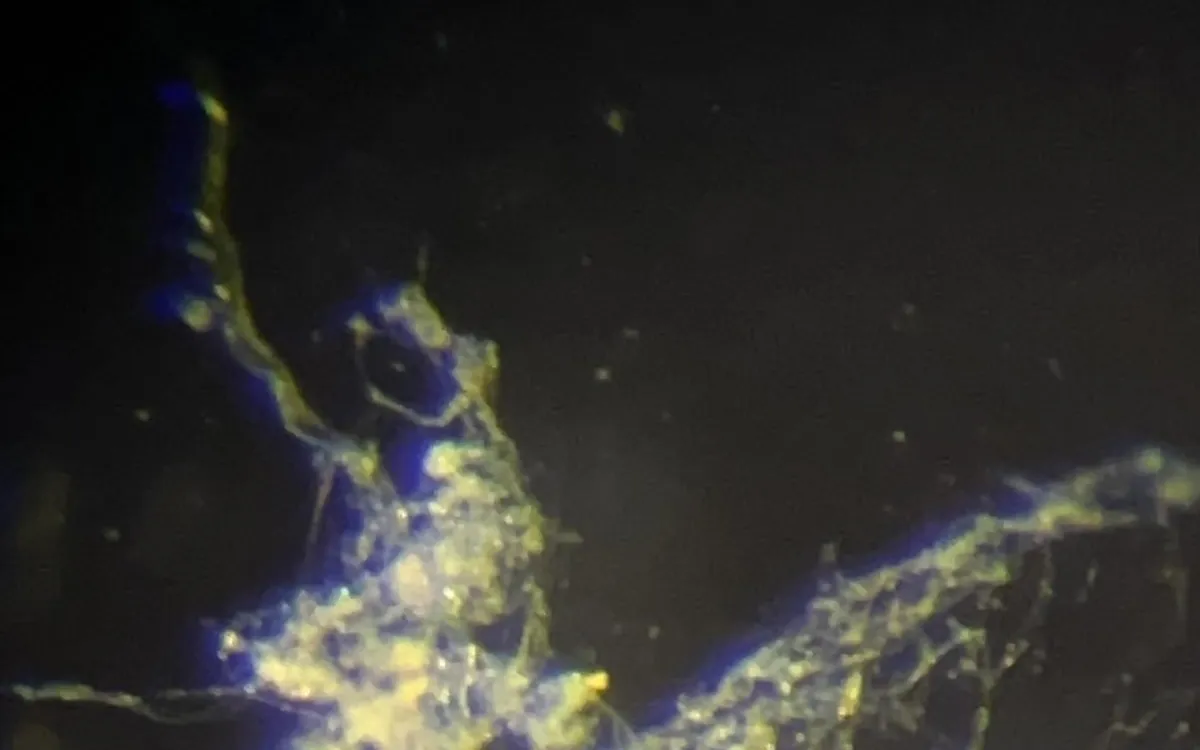
Researchers have made a groundbreaking discovery with the identification of a new electrically conductive bacterium named Ca. Electrothrix yaqonensis. This novel species shows promise for various applications in pollution cleanup and the emerging field of bioelectronics. The findings were recently published in the journal Applied and Environmental Microbiology, highlighting the significant implications of this discovery.
The bacterium was discovered in the mudflats along the Oregon coast by a team led by Cheng Li, a postdoctoral researcher at Oregon State University (OSU), alongside Clare Reimers, a distinguished professor emerita in OSU’s College of Earth, Ocean, and Atmospheric Sciences. Isolated from intertidal sediment samples collected from the Yaquina Bay estuary, Ca. Electrothrix yaqonensis is not just another microorganism; it possesses unique capabilities that could reshape our understanding of microbial ecology.
This newly identified species belongs to a group known as cable bacteria, characterized by rod-shaped cells that are connected end-to-end, forming long filaments. These filaments can extend several centimeters and exhibit a remarkable ability to conduct electricity, a feature that is rare among bacteria. The electrical conductivity of Ca. Electrothrix yaqonensis enhances its metabolic processes within sediment environments, making it a valuable subject for further research.
The bacterium exhibits a combination of metabolic pathways and genes that align with both the Ca. Electrothrix genus and another known cable bacteria genus, Ca. Electronema. According to Li, this species acts as a bridge within the Ca. Electrothrix clade, providing insights into the evolutionary history of these bacteria and their functional roles in various environments.
One of the standout features of Ca. Electrothrix yaqonensis is its unique structural characteristics, including pronounced surface ridges that are three times wider than those found in other cable bacteria species. These ridges house highly conductive fibers made from nickel-based molecules, enabling the bacterium to engage in long-distance electron transport. This capability connects electron acceptors, such as oxygen or nitrate, at the sediment surface with donors like sulfide found in deeper sediment layers.
The ability of Ca. Electrothrix yaqonensis to participate in reduction-oxidation reactions over considerable distances allows it to play a crucial role in sediment geochemistry and nutrient cycling, making it integral to maintaining ecosystem health.
The implications of this discovery are profound. Li notes that these bacteria can transfer electrons, making them potential agents for cleaning up pollutants from sediments. This characteristic may lead to innovative methods for removing harmful substances from contaminated environments. Furthermore, the highly conductive nickel protein designed by these bacteria could inspire advancements in the field of bioelectronics, leading to the development of new technologies.
Ca. Electrothrix yaqonensis is resilient and adaptable, thriving in diverse climatic conditions and found in both freshwater and saltwater sediments. The name pays homage to the Yaqona people, whose ancestral lands include Yaquina Bay. The term "Yaqona" refers to both the bay and the river that formed a significant part of their homeland. Today, the descendants of the Yaqona people are part of the Confederated Tribes of Siletz Indians, who collaborated with researchers to name this important species.
Li emphasizes that naming an ecologically significant bacterium after a Tribe not only acknowledges the historical bond with the land but also recognizes their ongoing contributions to ecological knowledge and sustainability.
This research involved collaboration among scientists from the University of Antwerp, Delft University of Technology, and the University of Vienna. The study was supported by various organizations, including the Office of Naval Research, Oregon Sea Grant, Research Foundation Flanders, and the European Innovation Council, showcasing the broad interest in understanding the capabilities of Ca. Electrothrix yaqonensis.
For further reading, refer to the publication titled “A novel cable bacteria species with a distinct morphology and genomic potential” by Anwar Hiralal and colleagues, published on 22 April 2025 in Applied and Environmental Microbiology. The DOI for this study is 10.1128/aem.02502-24.